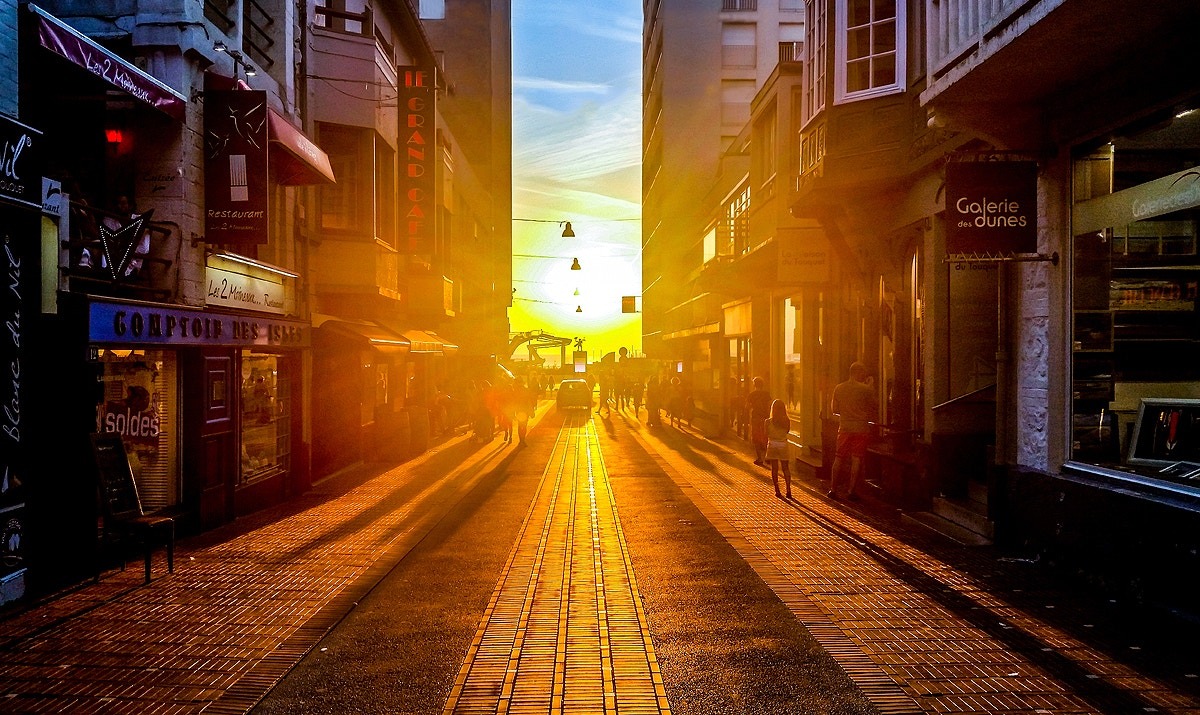

In a world where people think that retail is dying, Amazon is charging people to shop online.
It’s hard to not stop and marvel at the massive shifts in retail. I’m a strange kind of Mall Rat. I love the smell of commerce in the morning. I take great joy in walking through everything from shopping malls to strip malls to busy retail parts of cities (large and small). I blame my father. He was an entrepreneur. He was a pharmacist (and owned a pharmacy). On the weekends, he would often drag me along to see (what I thought were) his fellow pharmacist friends at their stores. Maybe they were friends. Maybe they weren’t. What he was actually doing was checking out their merchandising, and trying to see if he could find an angle on a better distributor or to figure out new ways to get customers to spend more time in his store. I don’t buy much these days… but I still love checking out stores, the merchandising and seeing which brands are moving and doing. Watching how retail has shifted from mom and pop stores to big boxes and from strip malls to shopping malls that look more like mini-cities, to the struggles of retailers in relation to ecommerce adoption has been a journey of fascination. The changes over the past three decades are massive and substantive.
Amazon changed a lot of things.
From shopping behavior to how to retailers deals with consumers. Still, there is nothing more shocking than Amazon Prime. For a yearly fee (now clocking in at $119 per year), consumers are given faster/free shipping, streaming movies and music, some books to read and much more. Still, with that customers are basically paying Amazon an annual fee to make their shopping (somewhat) easier and faster. You might think that Prime is just a select group of shoppers who want their stuff quicker. You would be wrong. eMarketer recently reported that more than half of all U.S. households will be Amazon Prime members in 2019. That’s about 5.2 million more households than last year (for a total of close to 64 million customers). Step back. Take a deep breath. It’s still staggering, no matter how you slice it.
These are the new business models.
Quick math. $114 x 64 million = $7,296,000,000. That’s before anybody has bought anything (and yes, there is a lot of cost in this model that could well be a loss leader). Good luck competing with that new business model. And, that’s the counter-intuitive opportunity. The brands that win these days, are the brands that can uncover, create and push out these new kinds of business models (that seem absurd at first strike). They’re often ideas that seem insane. Think about it, retailers are struggling to get consumers into their stores (they’re trying to lure customers with everything from coffee shops and DJs to other in-store experiences), and Amazon comes along and decides to charge their customers over $100 for better/sometimes free shipping (mostly). Imagine the person who brought that idea forward? Now, here we are and Amazon Prime is an entirely new business model. A juggernaut of a business model. Netflix is similar. Paying a monthly fee for access to streaming movies seems absurd in a world where consumers were renting movies or buying them (and collecting them). Why would consumers pay for movies that they could not keep or use on their own home stereo systems? Not every business is as disruptive as streaming, but one could argue that the Amazon Prime business model isn’t disruptive at all… it’s just something more… or different. It should make us all wonder what new business models we could create and uncover?
How do we Prime our business model?
You’ve probably heard someone say: “I don’t need ChatGPT.” Fair. Most people didn’t think they needed…
Is it possible to bring iPhone production to America? Cue the flag waving.Cue the campaign…
Episode #978 of Six Pixels of Separation - The ThinkersOne Podcast is now live and…
Welcome to episode #979 of Six Pixels of Separation - The ThinkersOne Podcast. Dr. Kurt…
Is there one link, story, picture or thought that you saw online this week that…
Let’s rewind the clock. It’s 1975. Two guys - Bill Gates and Paul Allen - decide…
This website uses cookies.